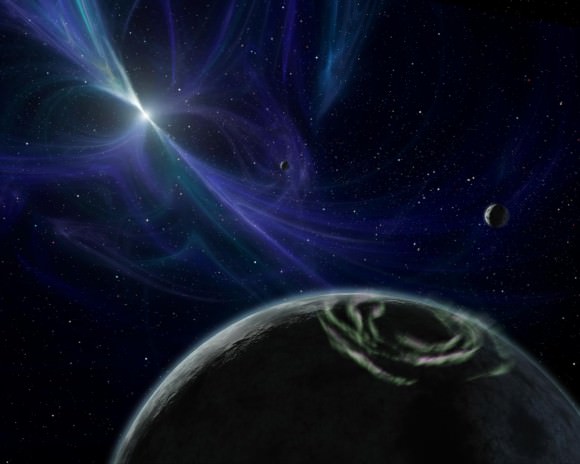There is almost nothing that could completely destroy the earth.
Follow your instincts and ignore anyone raising alarms about its imminent demise.
Oh sure, there’s a pile of events that could make life more difficult, and a laundry list of things that could wipe out all of humanity. Including: asteroid strikes, rising temperatures, or global plagues
In order to actually destroy the Earth, you would need significantly more energy, and there just happens to be enough, a short 150 million kilometers away: the Sun.
The Sun has been in the main sequence of its life for the last 4.5 billion years, converting hydrogen into helium. For stars this massive, that phase lasts for about 10 billion years, meaning we’re only halfway through.
When the Sun does finally run out of hydrogen to burn, it’ll begin fusing helium into carbon, expanding outward in the process. It will become a cooler, larger, red giant star, consuming the orbits of Mercury and Venus.
Scientists are still unsure if the red giant phase of the Sun will consume the Earth. If it does, the Earth’s story ends there. It’ll get caught up inside the Sun, and spiral inward to its demise.
Death by red giant in 5.5 billion years.
If the Sun doesn’t consume the Earth then we’ll have a long, cold future ahead of us. The Sun will shrink down to a white dwarf and begin cooling down to the background temperature of the Universe. The Earth and the rest of the surviving planets will continue orbiting the dying Sun for potentially trillions of years.

At this point, the main risk to the planet is a collision. Or maybe it’ll spiral inward over vast periods of time to be destroyed by the Sun, or collide with another planet. Or perhaps the entire Solar System will slowly make its way into the supermassive black hole at the center of the Milky Way.
One last possibility. Physicists think that protons – the building blocks of atoms – might eventually decay, becoming smaller particles and pure energy. After an undecillion years – a 1 followed by 36 zeros – half of the Earth will have just melted away into energy.
But if protons don’t decay, the Earth could theoretically last forever.
The bottom line, the Earth was built to last.


Most of those ends would be bangs. But the proton decay theory could definitely be called a whimper.
The red giant phase of the sun will be a rough hot time, even if the Earth survives it. Earth will probably come out of it looking a bit like a larger version of Mercury.
If the Earth does survive this so too will the moon. What then will happen is the rotational and orbital angular momentum coupling between the Earth and the moon will nudge the moon further out. In about 20 billion years the moon will be 10^6km from the Earth and it will cross the Lagrange points in the Earth-Sun system. At this point the moon can start to drift off to become its own planet.
LC